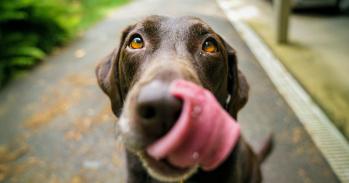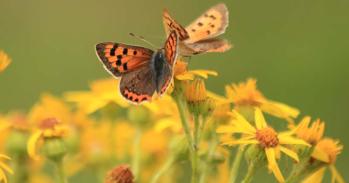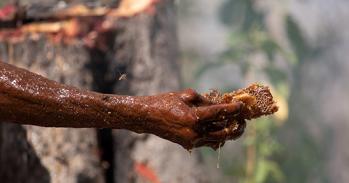
Latest research shows that, within large troops, baboons spend more time grooming those with similar dominance rank and boldness to themselves. Preferring such grooming partners may prevent new skills and knowledge being transmitted around the wider troop, say researchers.
Latest research shows that, within large troops, baboons spend more time grooming those with similar dominance rank and boldness to themselves. Preferring such grooming partners may prevent new skills and knowledge being transmitted around the wider troop, say researchers.
This happens in humans all the time; we hang out with people who have the same income, religion, education etc. Essentially, it’s the same in baboons
Alecia Carter
New research shows that chacma baboons within a troop spend more of their time with baboons that have similar characteristics to themselves: associating with those of a similar age, dominance rank and even personality type such as boldness. This is known as homophily, or ‘love of the same’.
A team of researchers led by the University of Cambridge and international conservation charity the Zoological Society of London says that this may act as a barrier to the transfer of new social information to the wider troop, as previous research done by the team shows baboons of a certain age and personality type – the younger, bolder animals – are more likely to be information ‘generators’: those who solve new foraging problems.
Given that information generators spend much of their time in the company of similar baboons, researchers say there is a risk that acquired information may end up exclusively confined to other information generators, thus decreasing the likelihood of new knowledge being disseminated to the wider troop.
Research teams tracked the same two baboon troops from dawn until dusk across Namibia’s Tsaobis Nature Park over several months each year between 2009-2014 to observe patterns of behaviour. The study is the first to monitor baboon social network structures over such a timescale and is published today in the journal Royal Society Open Science.
“Within these big troop networks over time social preferences are generally dictated by age, rank, personality and so on,” said Dr Alecia Carter, from the University of Cambridge’s Department of Zoology, first author of the study. “This happens in humans all the time; we hang out with people who have the same income, religion, education etc. Essentially, it’s the same in baboons.”
To test for the personality traits of ‘boldness’ – essentially an assertive curiosity – the researchers planted unfamiliar foods on the edge of paths commonly used by baboon troops. These stimuli included hard-boiled eggs and small bread rolls dyed red or green. The research team then measured the time spent on investigating the new foodstuff, and whether they ate it, to determine a scale of boldness for members of the baboon troops.
“Our analysis is the first to suggest that bolder and shyer baboons are more likely to associate with others that share this personality trait,” said Dr Guy Cowlishaw from the Zoological Society of London, senior author of the study. “Previous studies in other animals – from chimps to guppies – suggests that time spent in the company of those with similar personalities could promote cooperation among individuals.
“Why baboons should demonstrate homophily for boldness is unclear, but it could be a heritable trait, and the patterns we’re seeing reflect family associations.”
Perhaps surprisingly, says Carter, gender was not a particular obstacle to social interaction, with females preferring to groom males. This is, in part, due to the obvious sexual engagements for breeding, but also as a tactic on the part of females to curry favour with particular males for the sake of their offspring.
“Chacma baboon males will often commit infanticide, killing the babies of rivals. Female baboons try and get around this by being as promiscuous as possible to confuse the paternal identity – so males find it harder to tell if they are killing a rival’s offspring or their own,” added Dr Carter.
“They will also try and form bonds with particular males in the hope that they will protect their offspring and let the babies forage in good places with them – although males tend to be fairly lazy when it comes to this; it’s up to the babies to follow the males to good food.”

The text in this work is licensed under a Creative Commons Attribution 4.0 International License. For image use please see separate credits above.




